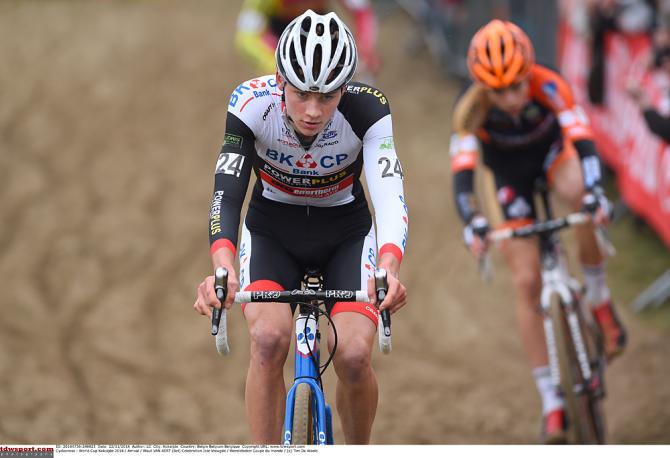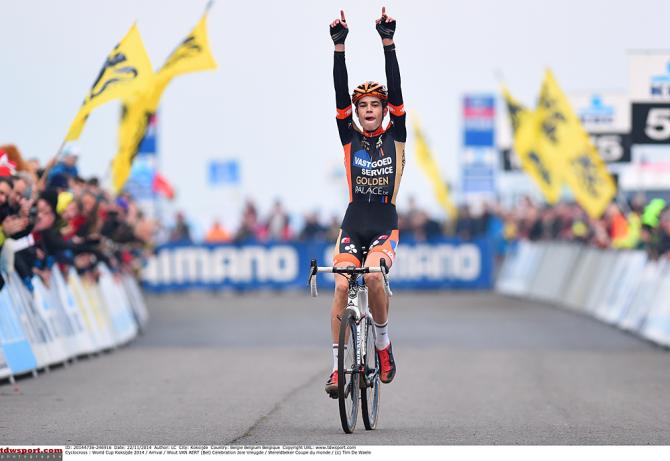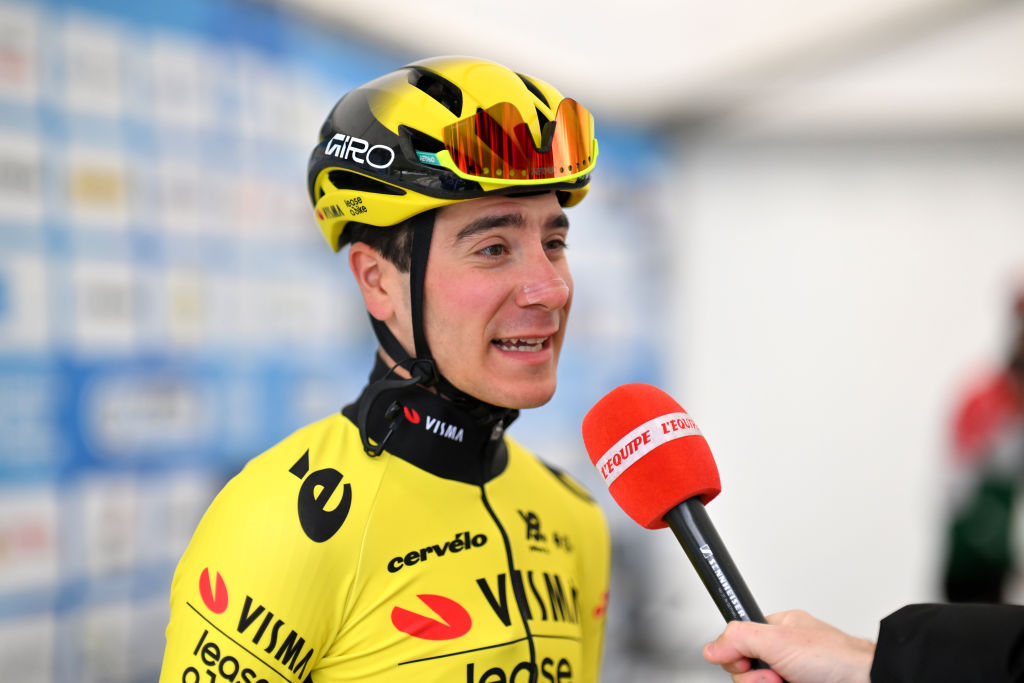Adam Myerson's Inside Dirt: Koksijde and the new prince
Van Aert takes over for Albert in the sand
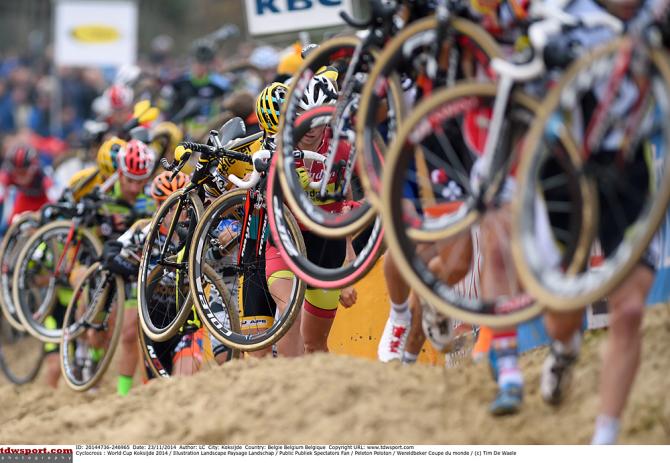
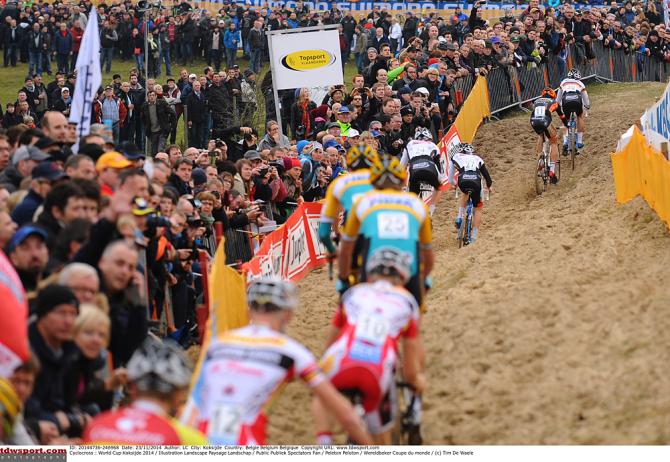
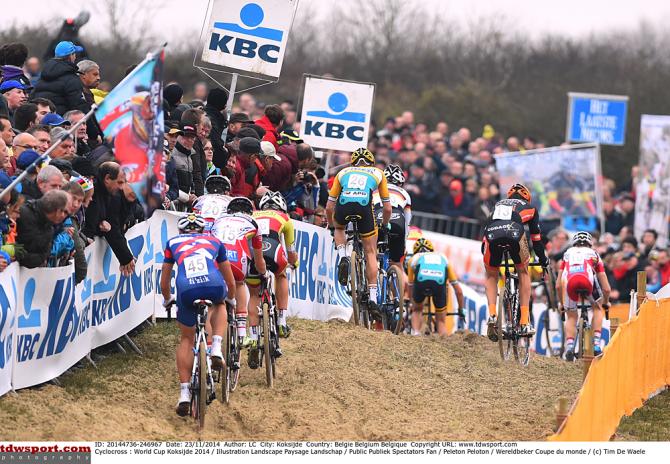
There’s no question that elite cyclo-cross isn’t the same without Niels Albert, and nowhere is that more poignant than at the Duinencross Koksijde World Cup. With three wins in the sand on the coast of the North Sea, it might pale in comparison to Nys’ six victories, if not for the fact that one of Albert’s wins included the World Championship in 2012, dividing Nys’ wins in the fall of 2011 and 2012.
Every rider has their strengths and weaknesses, and Albert’s strength was not only in the sand, but also in his attacking, go from the gun style, a sharp contrast to Nys’ come from behind approach. Albert’s premature retirement has left a void (along with Lars Boom, and Zdenek Stybar’s only occasional appearances), and there was worry that Nys would ride away with this season in their absence. Instead, we’ve had new winners almost every weekend, and the emergence of the next generation, headlined by Belgium’s Wout van Aert and the Netherlands’ Mathieu van der Poel.
Until this point, Van Aert and van der Poel had managed to avoid each other like Froome and Contador, with one choosing the U23 race on the days the other would choose the elites. Koksijde was the showdown we were waiting for, and it would not disappoint.
The Duinencross is a circus show of tightrope walking and trapeze swinging. It’s a wide course but there’s only ever two usable lines, if there’s a line at all. The technique requires precision pedaling to stay in the line; too much power puts you out of the rut, and full power is required to get back in if a mistake is made. It’s a high wire act that’s different than Zonhoven - slower, with more finesse.
Because of the limited line choices, a good start is important here. Sand can stop you in your tracks, literally, and if there’s only one line, riding up from the back is not as simple as simply riding around the person in front of you. Nys slipped his pedal at the start, a premonition of what would turn out to be a long day for him, while the kids ran headlong for the sandbox as expected. Van Aert took over at the front immediately, joined by Laurens Sweeck, and David and Mathieu van der Poel. The only adult supervision they had was Philipp Walsleben, at least until the end of the first lap. Most waited patiently and maturely for later in the race.
Depsite his bad start, Nys managed to stay connected to the front group, where normally he might let himself drift back even further, refusing to ride anyone’s race but his own. In addition to that being an undesirable tactic at Koksijde, he’s been caught off guard by both Van Aert and Mathieu van der Poel already this season, and knows by now to keep the children on a short leash.
In fact, it looked like early in lap 2, Nys had fully recovered from his bad start, and made a push to join the youth movement at the front. The long, false flat ridge along the top of the dune is always decisive here; there are only two lines, left and right, and some years one or the other is rideable, but rarely both. This year, it was neither, and the line choice was to stay high and take a slightly longer route, but be able to drop in faster to the descent, or stay right and low, do less climbing, but make a sharper turn at the exit.
The latest race content, interviews, features, reviews and expert buying guides, direct to your inbox!
Often traffic would determine the line choice, and here, like many laps, Nys pulled out of the busy left lane and ran past a handful of riders to slot in 5th spot. When Nys is using matches to move up this early, it means he’s out of control, and looking to fix a problem before it gets worse. And it appeared at first he had done so with this acceleration.
No sooner had Nys seemingly gotten hold of the race, though, it slipped through his hands like sand. On the dunes that followed, Sweeck bobbled and held up Van Aert while the younger van der Poel was leading. Van der Poel got a small gap, Van Aert closed it, Sweeck and David van der Poel held on, and Nys drifted back a few places. Still, he recognized the danger, again pushed up into 5th position, and attempted to close the gap.
At the end of the second lap, Mathieu van der Poel and Van Aerts had left Sweeck and David van der Poel behind, and Nys closed the gap to the latter two. On a normal weekend, it would look like the race was going to script for Nys the Hunter. Only 2 laps in to a very long race (World Cups are 70 minutes, an extra lap over the normal 60), and a long way to go for the 19- and 20-year-olds to hold off Nys’ “old man power.” And yet, that’s exactly what they did.
Once the gap was established, it appeared the group of chasers were happy to leave the front two out to dry. Let the early break go, wait for them fade, and then run them down. It was almost inevitable that Nys would wait for them to come back to him in the last two laps, like Sweeck and David van der Poel did in the first two. Nys knew he couldn’t do the chase alone, and got necessary help from Klaas Vantornout and eventually Walsleben. Curious for Walsleben to be chasing his teammate van der Poel, though, especially as his job in previous years has simply been to chase and weld for Albert.
At the front, the leaders weren’t even waiting for each other, never mind the chase group. One small mistake by van der Poel on lap 3 gave Van Aert a gap van der Poel had to dig to close. A second mistake on the following dune was more than he could fix, and unbelievably, van Aert was gone. At the end of the 3rd lap, van Aert had 9 seconds on van der Poel and 28 on the group of eight chasers. Still, there were 5 laps and at least 30 minutes left in the race. That the front two were split only isolated them and should have made them easier to bring back. The chase group seemed to sense this, and while they chased, it was not necessarily in earnest. If Nys wasn’t driving it, no one else was going to, either. They’ve all been victims of Nys’ late charge. Until it was time to attack for the win, no one was looking to make themselves more vulnerable to predators.
And yet, instead of the gaps coming down, they only got bigger. Van Aert never let up. Van der Poel never gave up. Nys? Nys might as well have just thrown his hands up. While he was biding his time, the race happened. On lap 4 he managed to catch his brake lever in the fence and crash, allowing Pauwels to dump the group with 3 to go. Nys responded yet again; if this wasn’t the lap he planned to run the leaders down, Pauwels forced his hand, and the end game started.
When Nys turns the lights on, you can see the difference. He sprints out of every corner and doesn’t sit down until he’s at top speed. He attacks every uphill and rails every descent. He continues until he brings the leaders back, and then again when he attacks for the win. Here, it lasted for half a lap, and that was all. As they came through with 2 to go, Nys was soft pedaling, Pauwels was connecting to van der Poel, and the hunt was called off.
Nys treats the season like a stage race where he's only after stage wins. You see it in the way he races a single race, trying to ride even laps and never blowing his engine. Similarly, he lets bad days go, choosing instead to recover for the next day, or even the next week, always keeping the big and small picture in mind. With the Spa-Francorchamps Superprestige on Sunday and the win at Koksijde out of his reach, it was time to yell “piano” and roll in with the group.
At one to go, Van Aert had 41 seconds on Pauwels and 58 on van der Poel. With Nys switched off, there just wasn’t anyone left to chase behind them, and Pauwels even had time to crash on the ridge line across the highest dune. Van der Poel was almost swept up in the sprint for 4th, won by Meeusen over Vantornout
In the first big battle in what will be many years of rivalry between the top two U23s in the world, Van Aert got the best of Van der Poel, and in doing so established himself as “the new Albert.” With the same long femurs, lots of handlebar drop, smooth style, and no fear of going early, he’s immediately filled the hole left by Prince Albert’s departure, and dedicated the victory to his team manager and mentor. Van der Poel may yet be the new Lars Boom (if not the new Adri van der Poel). In both cases, ‘cross fans everywhere are crossing their fingers that we don’t lose these two talents to the road.
Adam Myerson is a professional cyclist and coach who specializes in criteriums and cyclo-cross. A former collegiate national cyclo-cross champion, he began racing as a junior in 1987, and has been a professional since 2003. He is the founder and president of Cycle-Smart, Inc., President of the New England Cyclocross Series, organizer of the Cycle-Smart International Cyclocross, the oldest UCI event in North America, a former member of the UCI Cyclo-Cross Commission, and a former member of the management committee of the International Association of Cyclo-Cross Organizers (AIOC-Cross).

